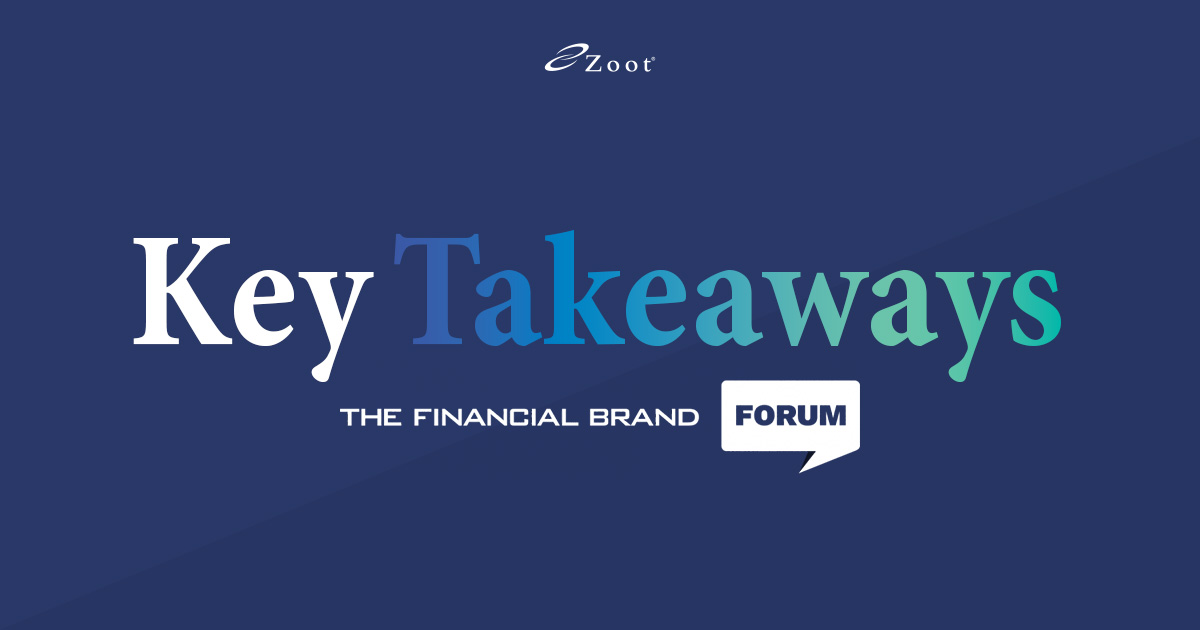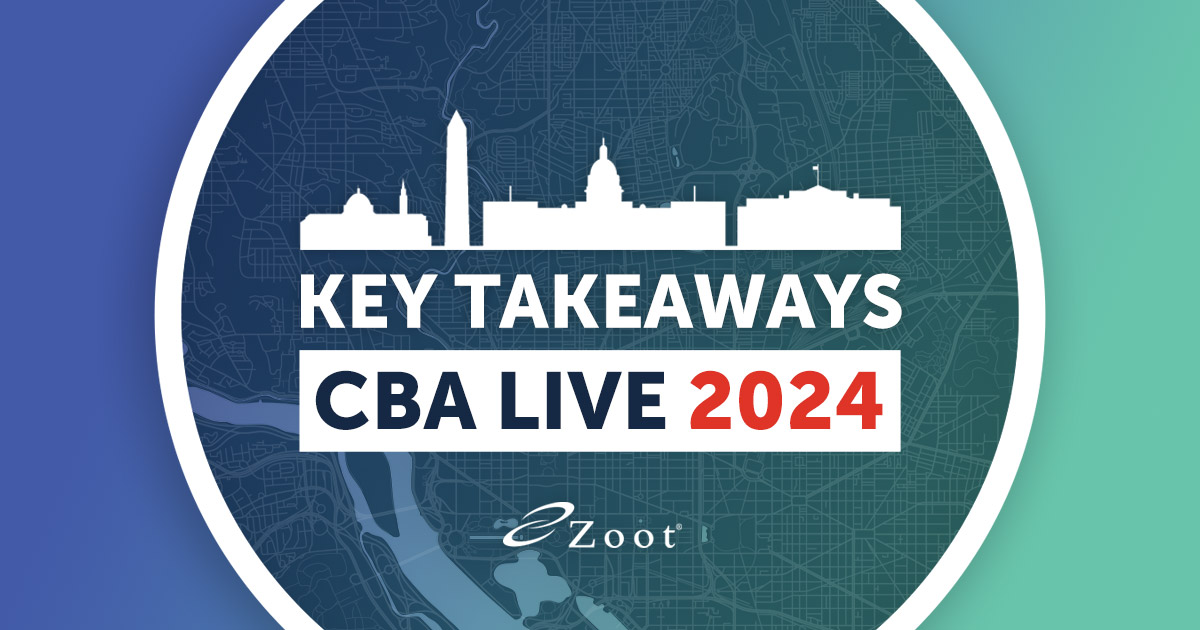For financial institutions (FIs), managing financial crime in the current geopolitical arena is increasingly complex and costly.
Almost doubling since 2019, the estimated price tag for financial crime compliance for FIs in the U.S. has reached close to $46B, according to a report released by Zoot partner Lexis Nexus. The report also states fraud costs are 6.7%- 9.9% higher than they were pre-pandemic (much of which is attributed to mortgage fraud). A 2022* study of financial institutions in NA, LATAM, EMEA, and APAI projected a total cross-market cost of $274.1B – a double-digit rate of increase since 2020.
The Anti-Money Laundering Act of 2020, the rise of cryptocurrency and digital assets, the lingering, pandemic-induced economic upheaval, decentralized finance, open banking, and digital transformation all contribute to complexities faced by financial services firms. Rising operational costs, like labor resources, legal expenses, collections and recovery efforts, cybersecurity initiatives, etc. also play a role in the skyrocketing cost of financial crime compliance.
These factors, alongside the growing sophistication of financial crime, the volume of regulatory changes, limited budgets, and a lack of skilled resources challenge banks and financial services firms to balance competing priorities.
These factors, alongside the growing sophistication of financial crime, the volume of regulatory changes, limited budgets, and a lack of skilled resources challenge banks and financial services firms to balance competing priorities.
A recent Thomson Reuters report examined how FIs juggle productive, compliant operations with effective financial crime management demands.
Ultimately, navigating the intricacies of this landscape requires extensive investment in a framework of financial, human, and technological resources. Adding to the roll call is a start, but it isn’t a sustainable solution. Scalable technology is cost-effective and offers the flexibility to adjust to changing market conditions.
Leveraging data within an advanced technology solution can reduce costs, minimize compliance challenges, improve cyber resiliency, and optimize financial crime management processes. To successfully detect, prevent, and manage fraud banks must include predictive analytics, anomaly detection, relationship detection, etc. in their strategy.
For example, deploying velocity checking is key to detecting and thwarting card testing attempts. Fraud management technology offering a single, instant connection to multiple data sources is fundamental to this strategy.
“Data analytics is fundamental to compliance risk management. The range of data tools the banks have at their disposal are also evolving rapidly, which means that we can make better sense of our risk concentrations and risk drivers.”
Jamil Ahmed, Chief Compliance Officer
HSBC – Singapore
Controlling costs and governing financial crime risk while delivering a quality CX requires a solid foundation for financial services organizations to grow confidently.
With Zoot, banks and lenders deploy flexible, scalable processes that are configurable and easily updated to meet the demands of fraud evolution. Empowering precise and profitable decisions, Zoot ensures financial institutions can meet or exceed emerging regulations, guidelines, and customer expectations – proven by more than three decades of reliability, supporting some of the largest organizations in the world.
* Lexis Nexus: True Cost of Financial Crime Compliance Study – Global Summary





